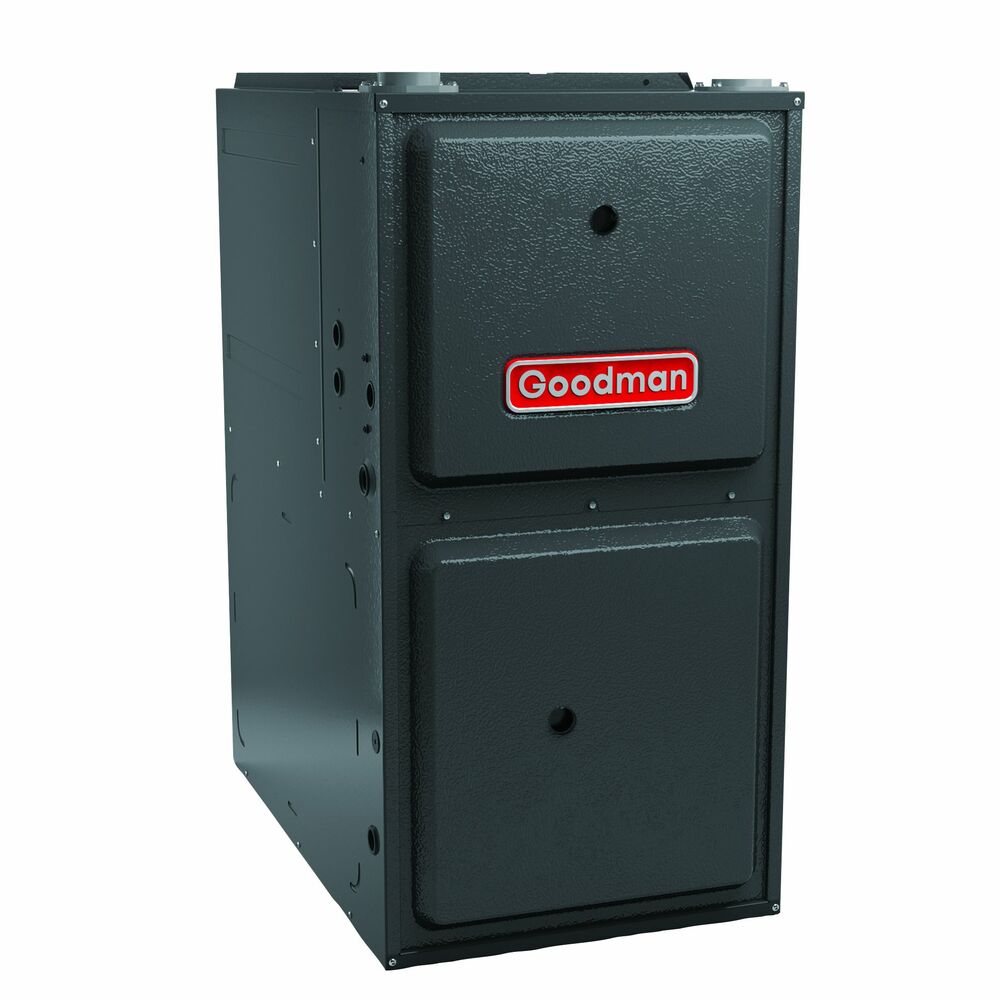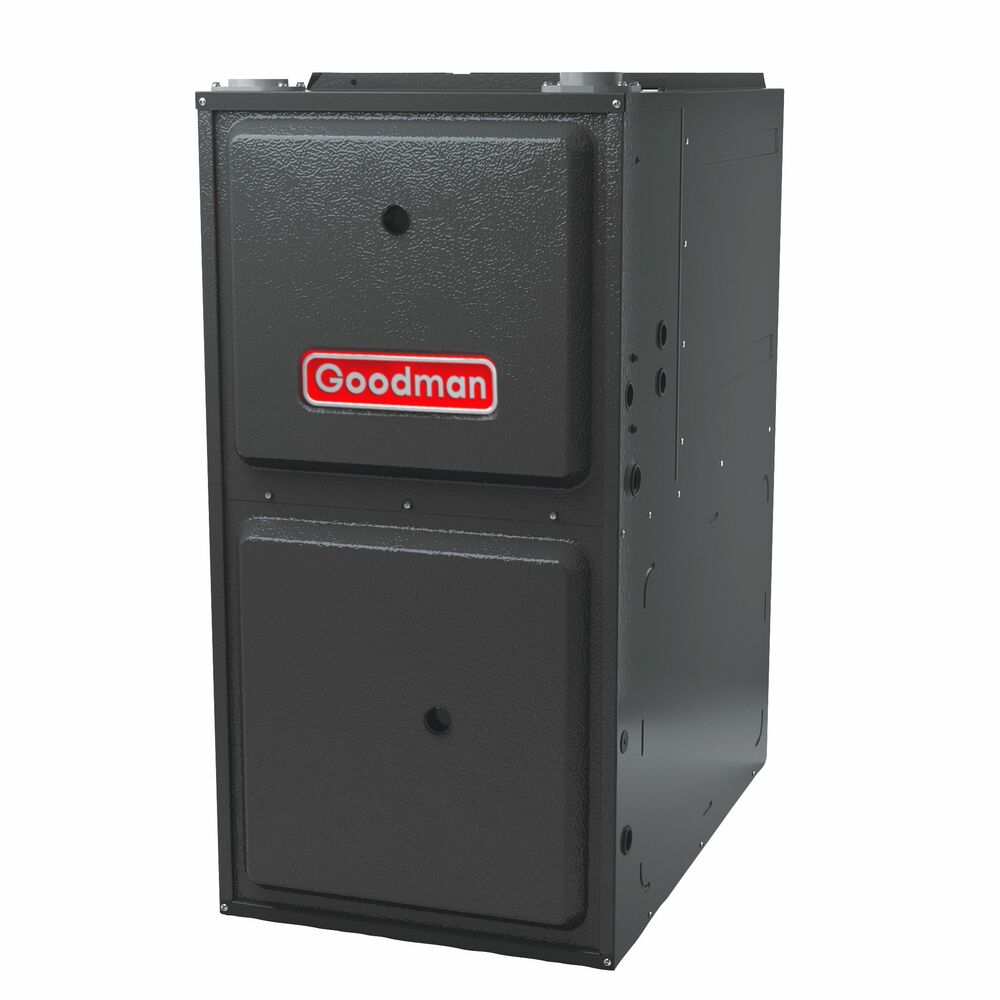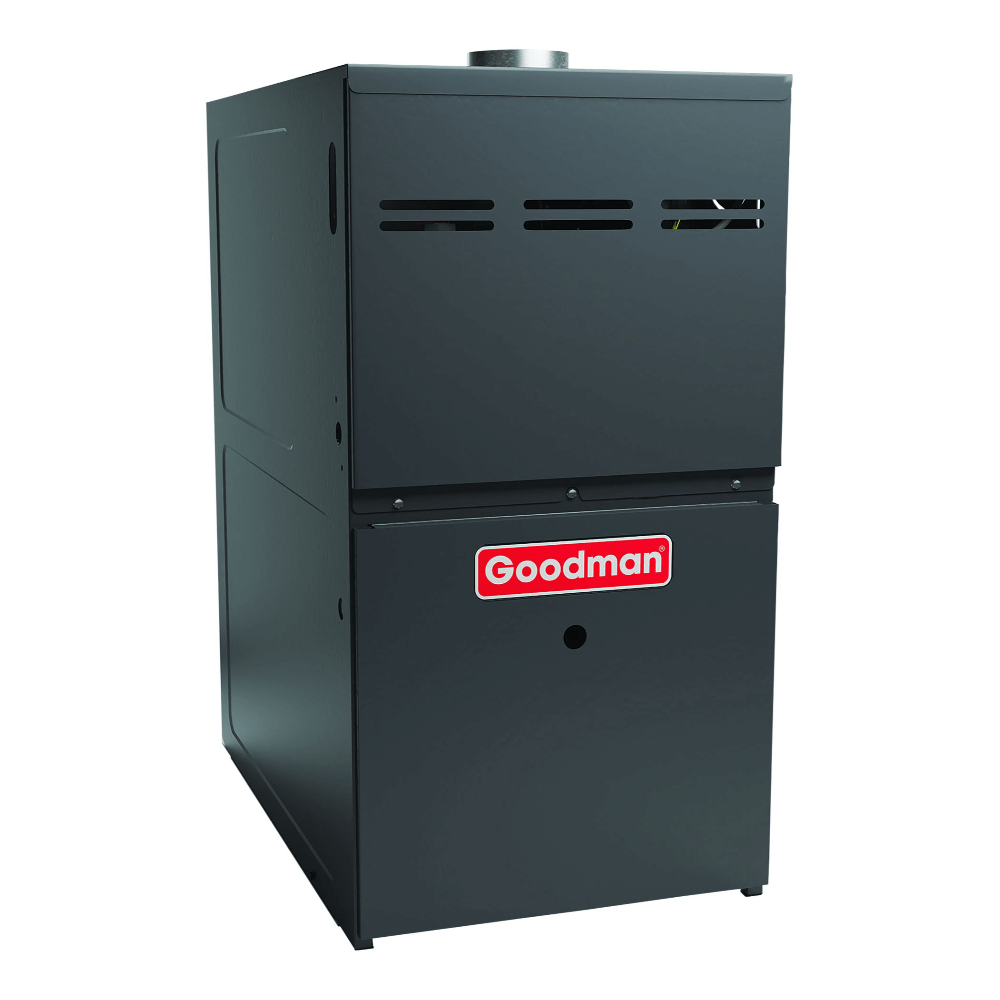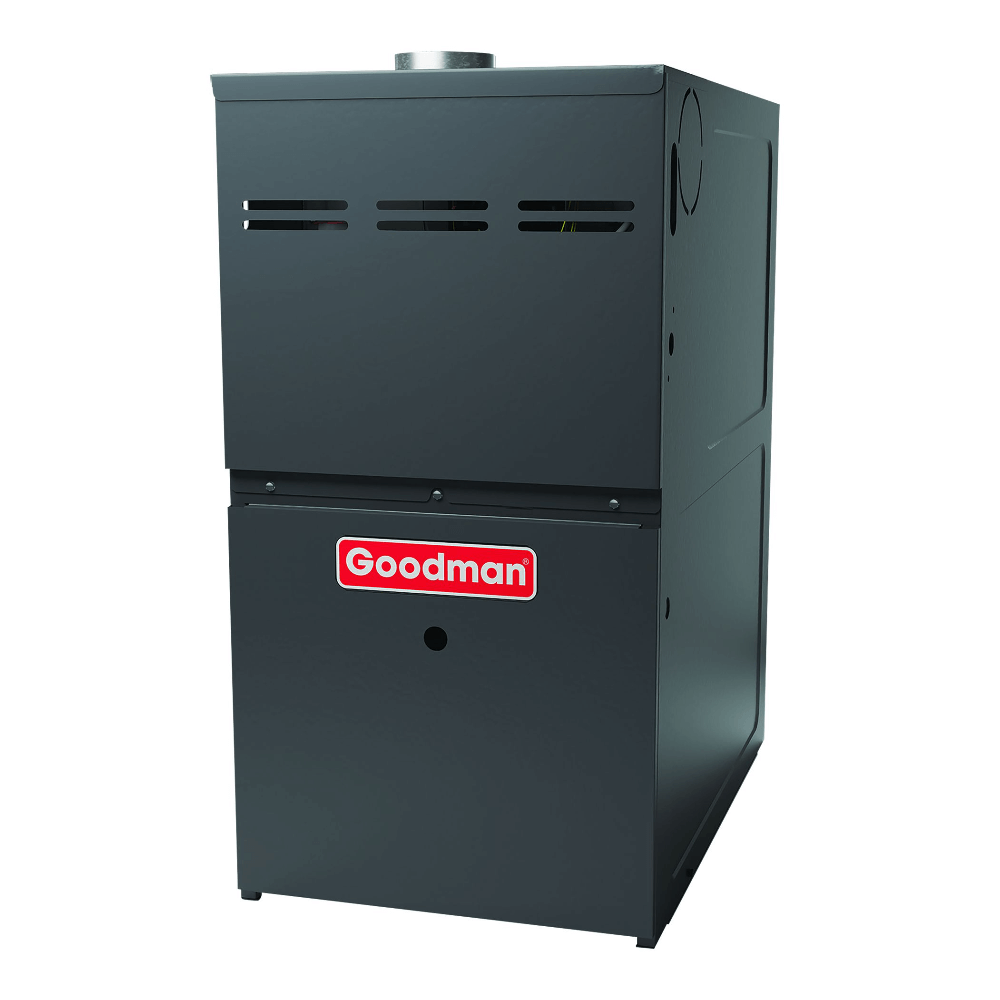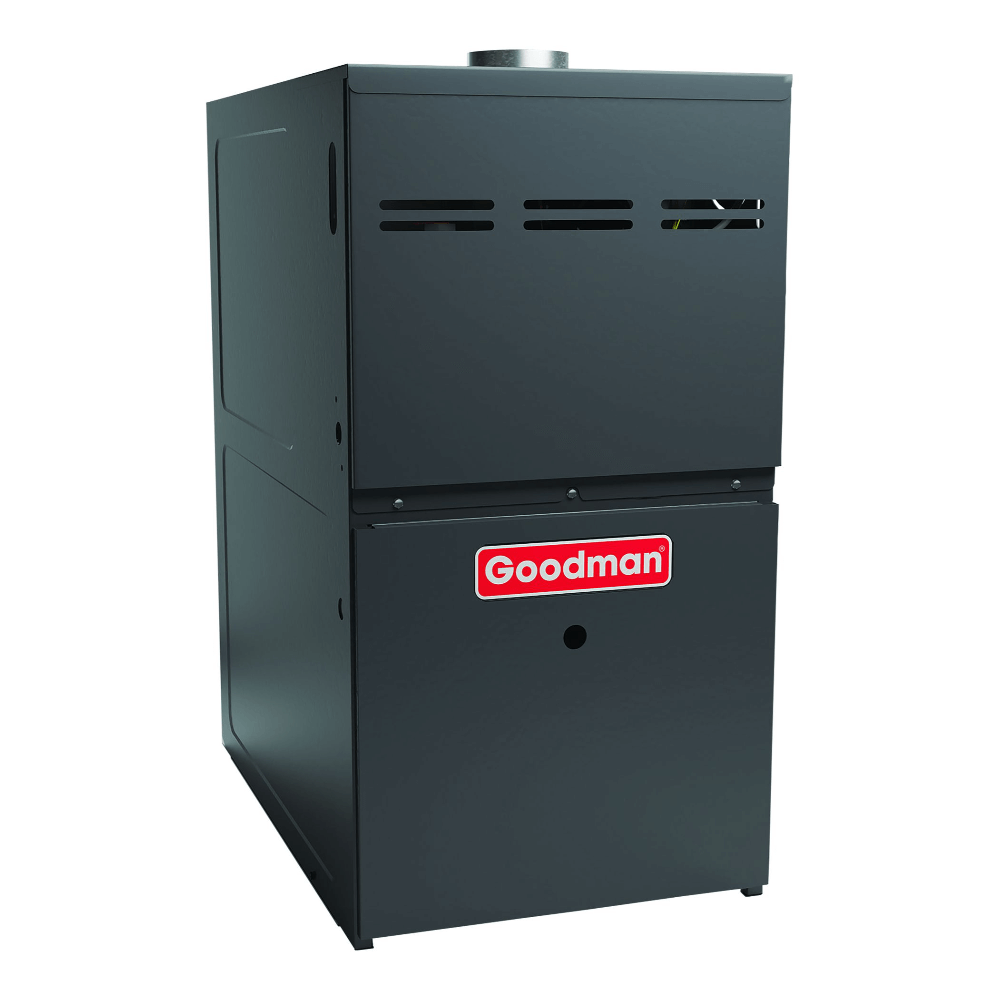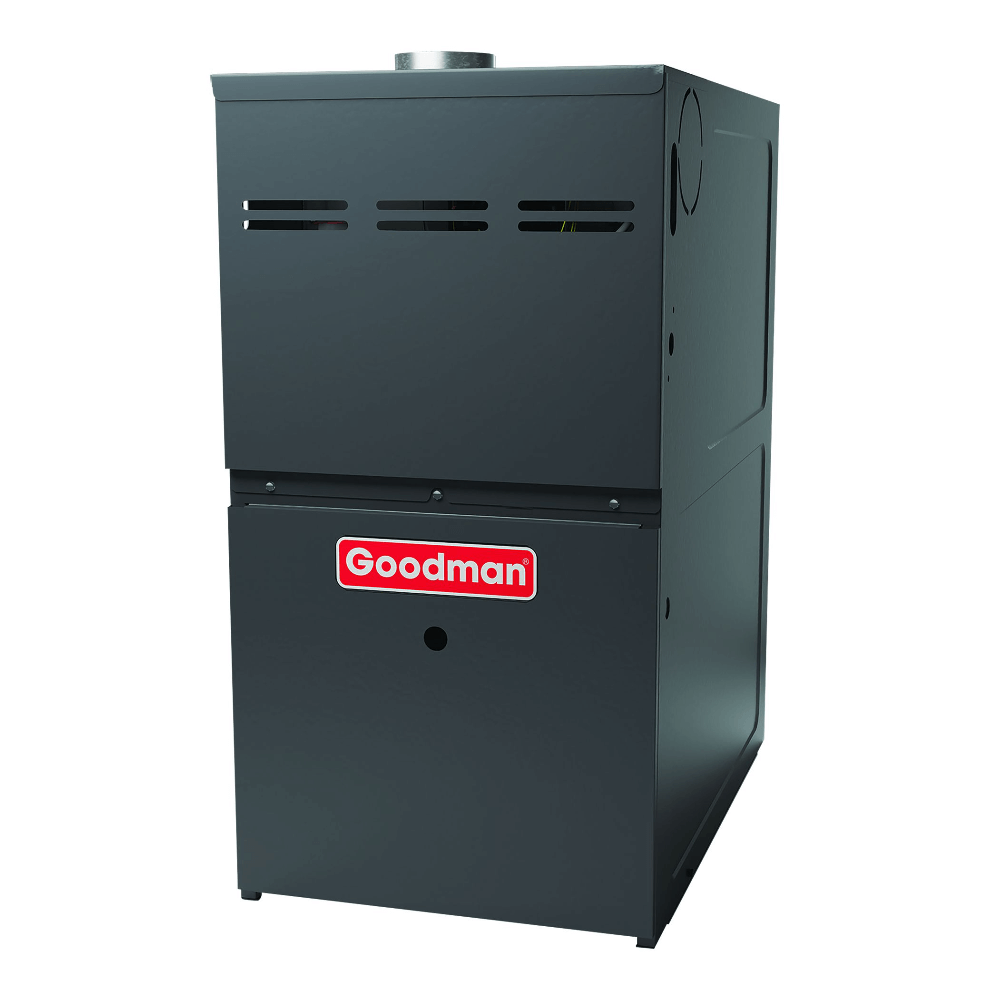What is Forced Air Heating?
Forced air heating is a popular and efficient method of heating residential and commercial spaces. This heating system operates by distributing warm air through a network of ducts and vents, utilizing a furnace or heat pump as the central heating source. One of the key advantages of forced air heating is its ability to quickly and evenly distribute heat throughout a building, ensuring consistent comfort levels in various rooms. The process begins with the heating appliance, which warms the air before it is pushed through the ductwork and released into each room through strategically placed vents.
The forced air heating system offers versatility in terms of fuel sources, as it can be powered by natural gas, electricity, propane, or even oil. This flexibility allows homeowners to choose a fuel type that aligns with their preferences and regional availability. Additionally, forced air heating systems can be equipped with air filters and humidifiers, contributing to improved indoor air quality by capturing dust particles and maintaining optimal humidity levels. While forced air heating has proven to be effective and convenient, it is essential for users to conduct regular maintenance to ensure the system operates efficiently and to prolong its lifespan.
Despite its advantages, forced air heating does have some drawbacks. One common concern is the potential for air quality issues, as the ductwork can accumulate dust and allergens over time. Proper cleaning and maintenance can address this issue, but it highlights the importance of regular system checks. Additionally, forced air heating systems may be more prone to noise compared to radiant heating alternatives, as the forced air movement through ducts can generate sound. However, technological advancements continue to address these concerns, making forced air heating a reliable and widely adopted heating solution for many households and businesses.
Types of Forced Air & Heating Systems
AC and Furnace Systems:
AC and furnace systems, commonly referred to as central heating and air conditioning systems, represent a widely used and effective solution for maintaining indoor comfort in homes and commercial spaces. These systems typically consist of two main components: the air conditioner for cooling and the furnace for heating. During warmer months, the air conditioner extracts heat from indoor air and expels it outside, leaving the cooled air to be circulated through ducts and vents. Conversely, in colder seasons, the furnace utilizes various fuel sources, such as natural gas or electricity, to generate warm air that is then distributed throughout the building. The integration of a thermostat allows users to regulate temperature settings, providing a seamless transition between heating and cooling modes. This versatile and efficient combination ensures year-round climate control, making AC and furnace systems a popular choice in regions with diverse weather conditions.
Heat Pump Systems:
Heat pump systems are innovative heating and cooling solutions that offer energy efficiency and environmental sustainability. Unlike traditional heating systems that generate heat, heat pumps transfer heat from one place to another. In heating mode, they extract heat from the outdoor air or ground and transfer it indoors, providing warmth even in colder climates. In cooling mode, the process is reversed, with the heat pump extracting indoor heat and releasing it outside. This dual functionality makes heat pump systems an all-in-one solution for maintaining a comfortable indoor environment throughout the year. One notable advantage of heat pumps is their high efficiency, as they can produce more heating or cooling energy than the electricity they consume. While initially more expensive than some traditional systems, the long-term energy savings and eco-friendly operation make heat pump systems an increasingly popular choice for environmentally conscious consumers.
what is forced air heating?
Forced air heating is a heating system that utilizes a furnace or heat pump to create warm air, which is then distributed throughout a house or building through a network of ducts and vents.
what is forced air?
Forced air refers to a method of heating or cooling that involves the distribution of air through a system of ducts and vents using a fan or blower.
What are the types of home heating units?
The most common home heating units are Gas Furances, Electric Furnaces, Heat Pumps (these heat and cool), and Baseboard Heaters (less common and less efficient.
What are the types of home Cooling units?
The most common home cooling units are AC Condensers, Heat Pumps (these heat and cool), and Through the Wall AC's (less common and less efficient).
Our friendly and expert HVAC customer service representatives are dedicated professionals ready to assist you in finding the perfect heating, ventilation, and air conditioning (HVAC) unit or system for your home. With a wealth of knowledge and a customer-centric approach, they are committed to understanding your specific needs and guiding you through the selection process with personalized recommendations. Their expertise ensures that you make informed decisions, leading to optimal comfort and energy efficiency in your home.

